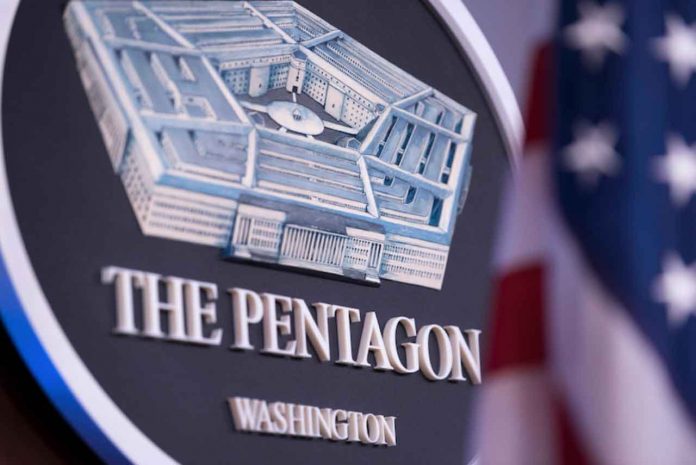As the NATO summit in Washington concluded yesterday, the U.S. announced its latest security package for Ukraine.
“The announced yesterday the 61st presidential drawdown authority package, which has an estimated value of $225 million,” said Deputy Pentagon Press Secretary Sabrina Singh during a briefing today. “This package will provide Ukraine additional capabilities to meet its most urgent needs and includes one Patriot battery, munitions for rocket systems, and artillery and antitank weapons.”
Also among the materials in the latest security assistance package are 155 mm and 105 mm artillery rounds; Javelin and AT-4 antiarmor systems; and small-arms ammunition.
Since Russia invaded Ukraine in early 2022, the United States has committed more than $53.7 billion in security assistance through both presidential drawdown authority and the Ukraine Security Assistance Initiative.
Today, Singh said, Secretary of Defense Lloyd J. Austin III spoke with his counterpart, Russian Defense Minister Andrey Belousov.
“During the call, the secretary emphasized the importance of maintaining lines of communication amid Russia’s ongoing war against Ukraine,” Singh said, adding that the last time the two spoke was in late June.
During this week’s summit celebrating NATO‘s 75th anniversary, member states committed to continued support for Ukraine. Included in that support is an agreement to launch NATO’s security assistance and training for Ukraine out of a command based in Germany and a commitment to a minimum baseline funding of 40 billion euros, or just over $43 billion, within the next year.
NATO nations have also announced their own independent efforts to assist Ukraine, including pledges of air defense systems.
Humanitarian Aid to Gaza
In May, the department attached a floating, mobile pier — part of its Joint Logistics Over-the-Shore, or JLOTS, capability — to the shore of Gaza to facilitate the transfer of humanitarian aid.
“To date, more than 8,000 metric tons or nearly 20 million pounds of humanitarian aid have been delivered from the pier to the marshaling area where it can be collected by humanitarian organizations for onward delivery and distribution,” Singh said.
Due to conditions in the Mediterranean Sea, the floating pier has been taken offline several times since it was first put in place. Currently, it is at the Port of Ashdod, Israel, about 20 miles to the north of Gaza. Singh said a “re-anchoring date” for the pier has not yet been set.
Department officials have said the pier is not a permanent solution for getting humanitarian aid into Gaza. Singh said it’s expected that the pier will soon cease operations, and more details regarding that will be announced soon.
“We’re very proud of our service members and all those supporting this effort … who have enabled vital humanitarian assistance to get into … those in Gaza who need it most,” she said. “As hundreds of thousands of people continue to face emergency levels of food insecurity across Gaza, the United States will continue to take all possible action to ensure increased aid flows are sustained at the scale needed to meet the needs on the ground.”
The humanitarian aid delivered into Gaza over the JLOTS pier began its journey in nearby Cyprus. While neither the U.S. nor the department is directly involved in operations there, Singh did say that the flow of aid spurred by the humanitarian mission in Gaza has resulted in enhanced capabilities at port facilities in Cyprus.
“In addition to enabling the delivery of lifesaving aid, implementation of JLOTS has … enabled the development of Cyprus as a port for inspections and deliveries directly into Gaza,” she said. “Aid can now be inspected in Cyprus and delivered directly into Gaza through Israel’s Ashdod Port and crossings in the north.”
Singh said deployment of the pier has also helped secure Israeli commitment to opening additional crossings into northern Gaza.
“Since the opening of these crossings, we’ve seen more trucks moving from Jordan directly into northern Gaza to help alleviate the dire humanitarian conditions,” she said.







